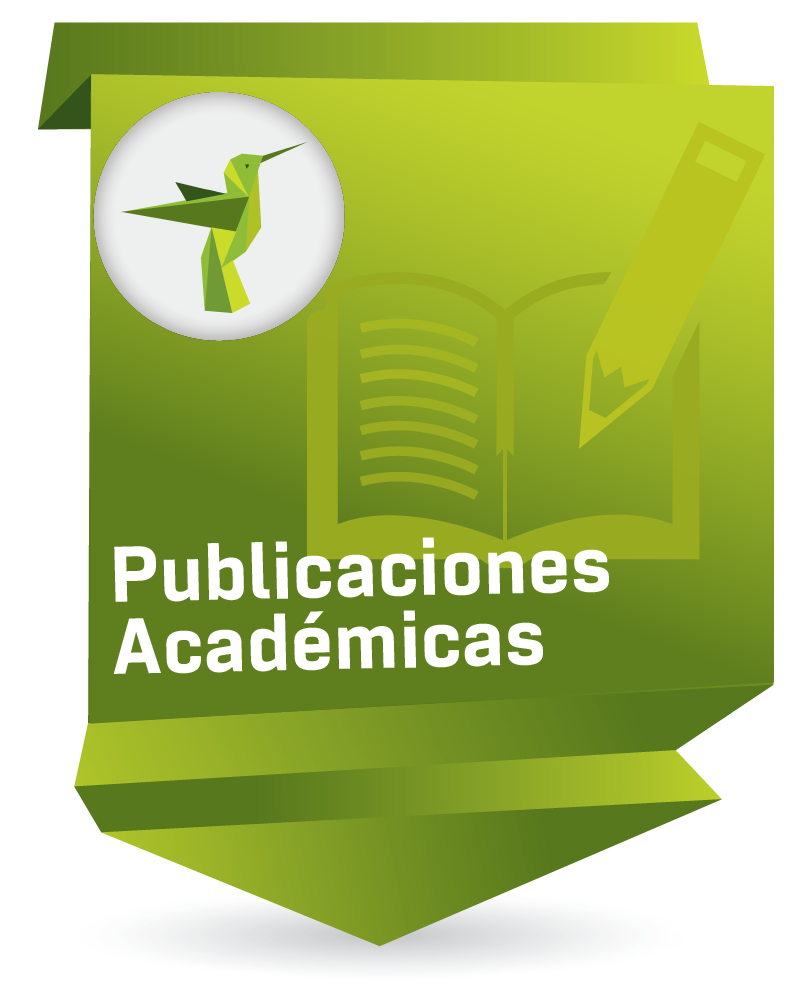El lenguaje verbal como instrumento matemático

View/
Item Links
URI: http://hdl.handle.net/10818/14956Visitar enlace: http://educacionyeducadores.un ...
Visitar enlace: http://educacionyeducadores.un ...
Visitar enlace: http://educacionyeducadores.un ...
Compartir
Statistics
View Usage StatisticsMetrics
Bibliographic cataloging
Show full item recordAuthor
Díaz, Héctor HernandoDate
2009Abstract
The study analyzes how an understanding of the concept of function is manifest in engineering students, using verbal language as a communication tool and transferring this concept to the other three languages in mathematics: algebraic, arithmetic and geometric.In analyzing the information collected, the authors were able to conclude that it is unwise to use verbal language alone to assess comprehension, as doing so implies assessing two types of knowledge simultaneously: mathematical knowledge and the ability to write properly. This would result in the student’s shortcomings with respect to writing, which is not mathematical knowledge, altering the outcome. The authors have two recommendations: First, that oral language be used, as it gives students an opportunity to clarify their explanations and to answer objections, but it should be combined with other languages. Second, an abundant use of verbal language in the mathematics classroom is convenient as a powerful tool for improving both mathematical and linguistic understanding.
Keywords
Ubication
Educación y Educadores Vol. 12, No 3 (2009) p. 13-31












![[File]](/themes/unisabana//images/mimes/mime.png) Portada Educación y ... (11.03Kb)
Portada Educación y ... (11.03Kb)



